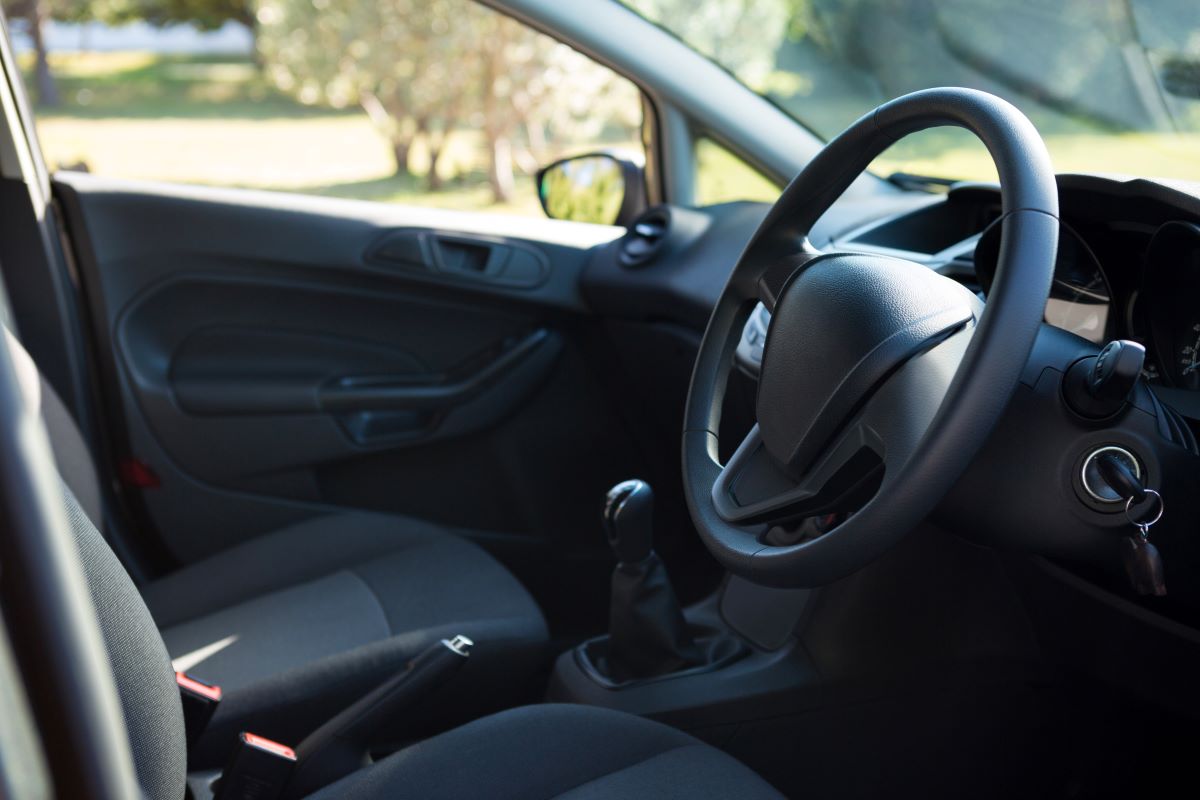9000+ Cashless
Network Garages
96% Claim
Settlement (FY23-24)
24*7 Claims
Support
Click here for new car
I agree to the Terms & Conditions

General
General Products
Simple & Transparent! Policies that match all your insurance needs.


37K+ Reviews
7K+ Reviews
Scan to download
Life
Life Products
Digit Life is here! To help you save & secure your loved ones' future in the most simplified way.


37K+ Reviews
7K+ Reviews
Scan to download
Claims
Claims
We'll be there! Whenever and however you'll need us.


37K+ Reviews
7K+ Reviews
Scan to download
Resources
Resources
All the more reasons to feel the Digit simplicity in your life!
 Tools & Calculators
Tools & Calculators


37K+ Reviews
7K+ Reviews
Scan to download
37K+ Reviews
7K+ Reviews
 Logout
Logout
Our WhatsApp number cannot be used for calls. This is a chat only number.


9000+ Cashless
Network Garages
96% Claim
Settlement (FY23-24)
24*7 Claims
Support
Click here for new car
I agree to the Terms & Conditions

Add Mobile Number
Sorry!

9000+ Cashless
Network Garages
96% Claim
Settlement (FY23-24)
24*7 Claims
Support
Terms and conditions

One of the most sought-after features of a car is its ability to provide effortless steering. A power steering system was introduced to give drivers lighter steering control. Presently, the most popular version of this system is hydraulic power steering.
Keep reading to learn more about how this system works, its benefits and drawbacks.
Hydraulic Power Steering is among the earliest power steering systems, comprising elements such as pumps, pulleys, drive belts, hoses, and fluid. All these components work together to deliver hydraulic force, helping you steer the wheels with power-assisted mechanics.
The system operates through a rotary vane pump, which helps generate hydraulic pressure. Thus, when you turn the steering wheel, the pump begins rotating, producing pressure that delivers significant force to help in steering effortlessly.
Discussed below is the general working principle of this system:
The primary components of a hydraulic power steering system are below:
If you are wondering what hydraulic power steering is and why you should buy a vehicle with this feature, you should go through the below-mentioned benefits:
Hydraulic power steering reduces the physical effort required to turn the steering wheel significantly, especially at low speeds and during parking. This makes it less strenuous for you to control the vehicle.
The system provides better control and responsiveness to your steering input, allowing for precise vehicle handling. With greater steering control, hydraulic power steering contributes to better stability, especially in emergency situations, thus enhancing overall vehicle safety.
The amplified torque the hydraulic system provides results in smoother and more seamless steering movements. As a result, you can be sure of improved handling, cornering precision, traction and overall driving safety.
Apart from the benefits, this system also brings along some inherent limitations. Find about them below:
Hydraulic power steering system requires energy to operate the pump, which draws power from the engine. This constant power consumption results in a slight reduction in fuel efficiency.
These components require regular maintenance and periodic fluid replacement to ensure proper functioning and prevent potential leaks. Moreover, the fluid must be replaced regularly, which adds to the overall maintenance cost.
The hydraulic power steering system is, thus, a crucial part that pressurises hydraulic fluid to provide extra power, improving the overall control and manoeuvrability of the vehicle. Therefore, it is crucial to keep a tab on its performance and take proactive measures in case of any issues identified.
In electric steering, the steering system depends on the electrical motor. Since lesser components are required to run this system, fuel efficiency is higher. However, the choice between electric and hydraulic steering should be made after considering all associated factors carefully.
In electric steering, the steering system depends on the electrical motor. Since lesser components are required to run this system, fuel efficiency is higher. However, the choice between electric and hydraulic steering should be made after considering all associated factors carefully.
For hydraulic power steering, the primary maintenance includes changing the fluid every now and then. The frequency would depend on the car model.
For hydraulic power steering, the primary maintenance includes changing the fluid every now and then. The frequency would depend on the car model.
Although almost all modern vehicles have power steering systems, they can have either hydraulic or electric power steering. Consider knowing all about the steering system before making a decision.
Although almost all modern vehicles have power steering systems, they can have either hydraulic or electric power steering. Consider knowing all about the steering system before making a decision.
Please try one more time!
Other Important Articles About Different Car Parts
Other Important Articles about Car Insurance
Have queries related to Digit motor insurance policy? You can refer to our Policy Wordings for detailed information or reach out to our support team via WhatsApp self-support, email or phone using the information below:
Connect with our self-serve chat bot support - 7026061234
Write to us at hello@godigit.com
Contact
Call us on 1800-258-5956
Other Motor Insurance Plans and Guides
Currently there are no news to show.
Read More
Renew & Download Policy Document, Check Challan, Credit Score, PUC & more
Anytime, Anywhere. Only on Digit App!

4.7
Rated App56K+ Reviews
4.7
Rated App
56K+ Reviews
4.3
Rated App11K+ Reviews
4.3
Rated App
11K+ Reviews
Scan to Download


Author: Team Digit
Last updated: 07-04-2025
CIN: L66010PN2016PLC167410, IRDAI Reg. No. 158.
Go Digit General Insurance Limited | Corporate Office Address: Atlantis, 95, 4th B Cross Road, Koramangala Industrial Layout, 5th Block, Bengaluru 560095 | Registered Office Address: 1 to 6 floors, Ananta One (AR One), Pride Hotel Lane, Narveer Tanaji Wadi, Shivaji Nagar, Pune-411005, Maharashtra | Trade logo of Go Digit General Insurance Ltd. displayed above belongs to Go Digit lnfoworks Services Private Limited and is provided and used by Go Digit General Insurance Ltd. under license.
Explore exclusive features, file claims & access policy on Digit App!
You can also scan this QR code to download the App.